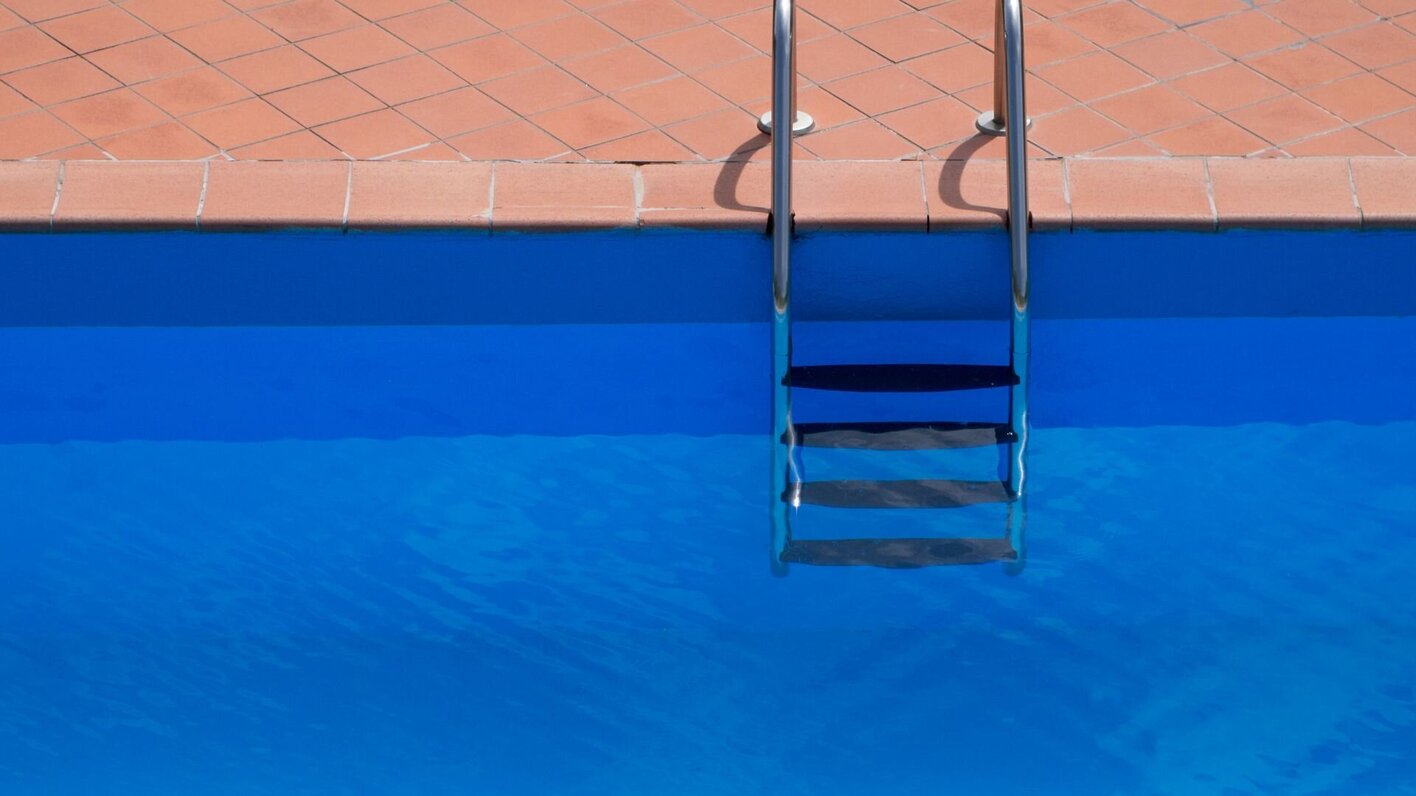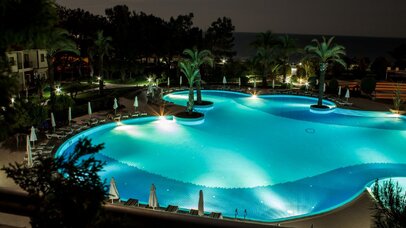During hot Australian summers, backyard swimming pools provide fun for kids and adults. However, backyard pools pose serious drowning risks without a proper safety pool barrier controlling access.
According to the Royal Life Saving Society Australia, drowning is a leading cause of death for children under the age of five. Installing code-compliant pool fencing, self-closing and a self-latching pool gate, and removing climbable objects from the pool area can restrict unsupervised access.
Additionally, properly designed and installed pool steps and ladders create safe entry and exit points for all swimmers.
In this post, we’ll discuss choosing ideal steps and ladders, tips for safe installation, using steps and ladders securely, and designing total pool access for safety. Following pool safety best practices and utilising proper steps and ladders can help make backyard pools a safe place for creating fun summer memories.
Choosing the Right Steps and Ladders
When installing a new pool or upgrading existing pools, selecting the right steps and ladders is crucial for safety. The first factor to consider is the pool material and style. Fibreglass, vinyl liner, and concrete pools each have steps and ladder options designed specifically for their surfaces. The shape of the pool also matters - curved pools often utilise corner steps, while rectangular designs benefit from straight models.
The main types of pool steps include in-pool, deck-mounted, and corner models. In-pool steps are installed partially submerged in the water. These allow easy access from within the pool and are common with fibreglass designs. Deck steps are installed along pool walls and are fully outside of the water.
Corner steps fit neatly into a 90-degree angle and maximise space efficiency. Ladders come in removable, wall-mounted, and corner variations. Removable ladders can be taken out when not needed. Wall-mounted models attach directly to the pool exterior.
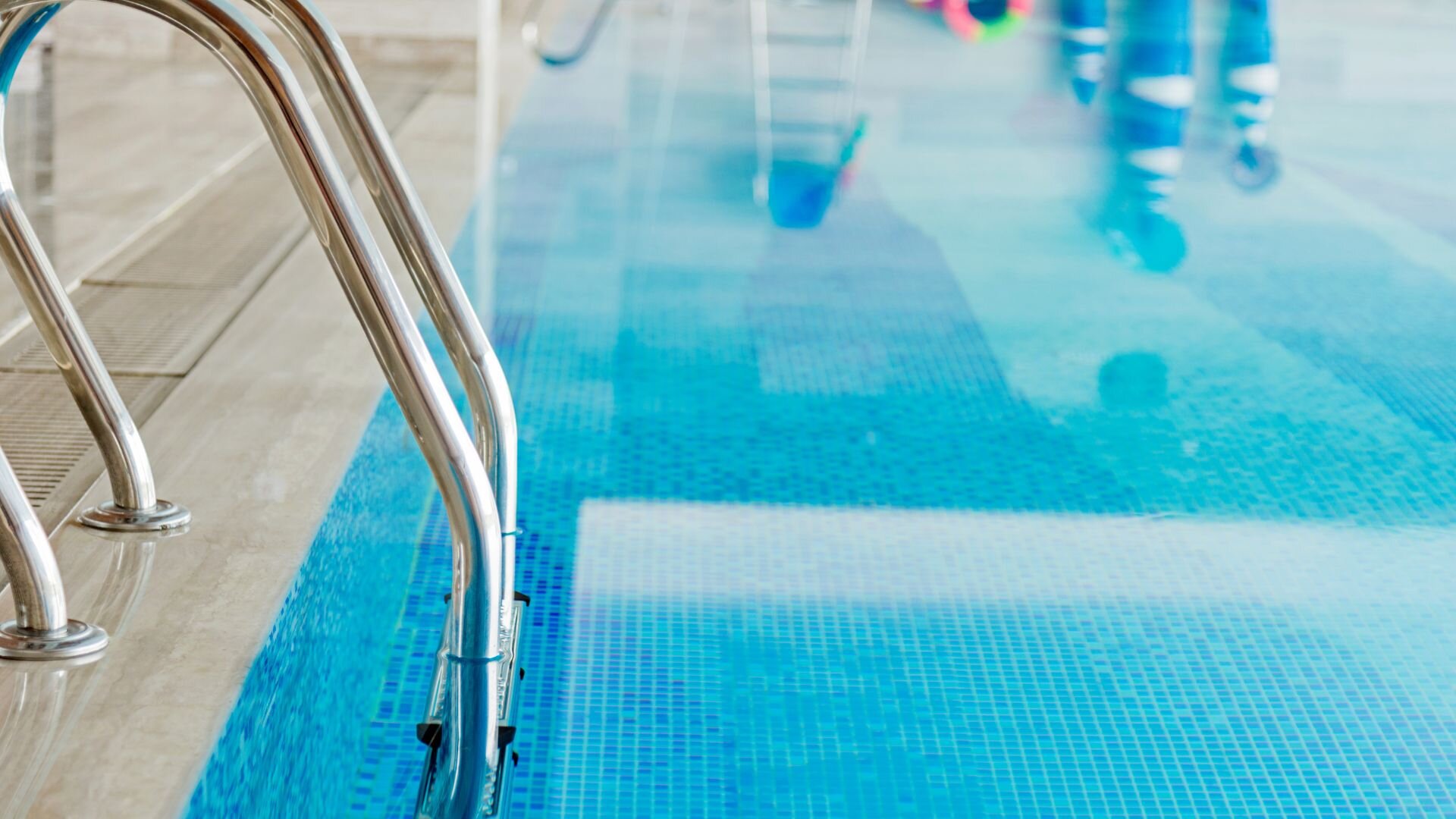
When selecting steps or ladders, consider size, weight restrictions, tread dimensions, and materials like metal, resin, or plastic. Larger pools may require longer models to meet swimming pool safety codes. Check weight limits to ensure steps can accommodate swimmers of all sizes. Measure tread width, length, and riser height to find comfortable, easy-to-use options.
The first step tread or ladder rung for in-ground pools must be no more than 12 inches below the deck or ground. Above-ground pools require the first step to be flush with the pool top edge for safe entry and exit. Always follow local pool codes for step and ladder requirements. Consider adding grab rails for increased stability.
Properly sized and installed steps and ladders allow people of all ages, from toddlers to seniors, to gain access to the pool safely. Consult a local pool shop or the right builder to determine the ideal ladder configuration and dimensions for your pool design and backyard layout. Prioritising swimmer safety brings peace of mind for the pool owner.
Installing Steps and Ladders Safely
Following the manufacturer’s instructions is key for safely installing swimming pool steps and ladders. Properly positioning access points allows convenient entry and exit while preventing accidents.
For in-ground pools, deck steps work best positioned where the water depth is 2-3 feet. This lets kids or adults efficiently use the steps while avoiding injury from jumping into water that is too shallow. Corner steps maximise space in the deep end since they fit neatly into 90-degree corners. Measure the pool area to find a spot with enough surrounding deck space.
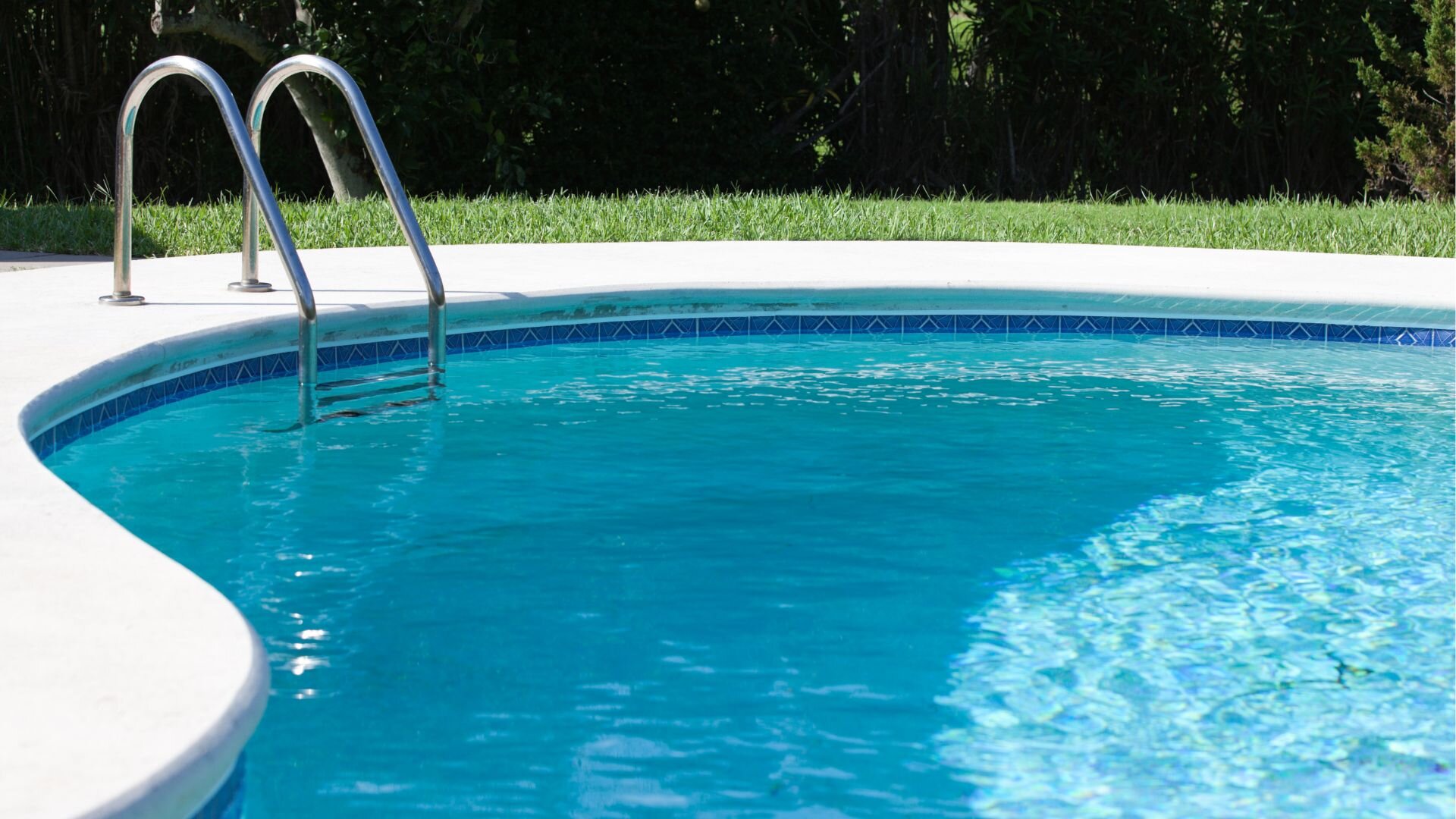
Securely mounting ladders and steps prevent shifting, wobbling or tipping when in use. Use provided deck mounting hardware to anchor steps, adhering to local council codes. Test for stability before allowing child access. Position steps away from swimming pool drains or fittings where swimmers could become entrapped. Avoid installing in erodible soil.
Allow ample deck space around steps and ladders for safe exiting. A minimum of 48 inches of clear deck space is recommended. Avoid cluttering the area with toys, furniture or pot plants that could block egress. Install lighting around steps for nighttime safety.
Consult your pool designer to integrate steps and ladders with planned decking properly. They can advise on ideal materials and locations to match pool finishes. For above-ground swimming pools, securely anchor ladder feet to prevent movement. Follow all codes and manufacturer’s instructions for a safely installed pool ladder.
Proper swimming pool step and ladder installation allow children and adults safe, easy access. Take time to correctly position and mount them to prevent injuries and accidents around your backyard swimming pool area.
How to Design Safe Access to a Swimming Pool
Safe access should be the top priority when designing a new pool or upgrading an older one. Properly positioned and mounted steps and ladders allow for clear visibility and convenient entry and exit access scaled for adults and children.
Provide adequate ladder and step access points based on your pool’s specific shape and size. Larger freeform pools can benefit from multiple entry points for quick access across the entire pool area. Rectangular pools may only require a single set of steps. Always separate diving areas from steps and ladders to prevent accidents and injuries.
Local building codes typically require at least 48 inches of clear deck space surrounding steps, ladders, and gates to allow ample room for safely exiting the pool. Avoid cluttering the exit areas with pot plants, toys, furniture or other objects that could obstruct egress. Consult with your pool designer, contractor and local council when planning access.
New safety codes require self-closing and self-latching gates to the pool deck area. Unsupervised children use separate pool steps and ladders far from play areas. Install perimeter fencing with self-latching gates to restrict access. Avoid leaving climbable objects like furniture near fences that kids could use to gain access.

Upgrading older pools with new compliant steps, ladders, fences, barriers, and gates is crucial to prevent accidents. Many older pools lack adequate protective fencing or have steps/ladders that do not meet current safety standards. Consider installing wearable child safety alarms on doors leading to the pool area for additional protection.
Taking the time to tailor pool access with properly positioned steps, ladders, barriers, and self-latching gates shows that safety is the top priority. Consult pool professionals to ensure your designed access plan meets all codes and keeps your pool area secure. Safe access design gives pool owners peace of mind, knowing their pool is protected.
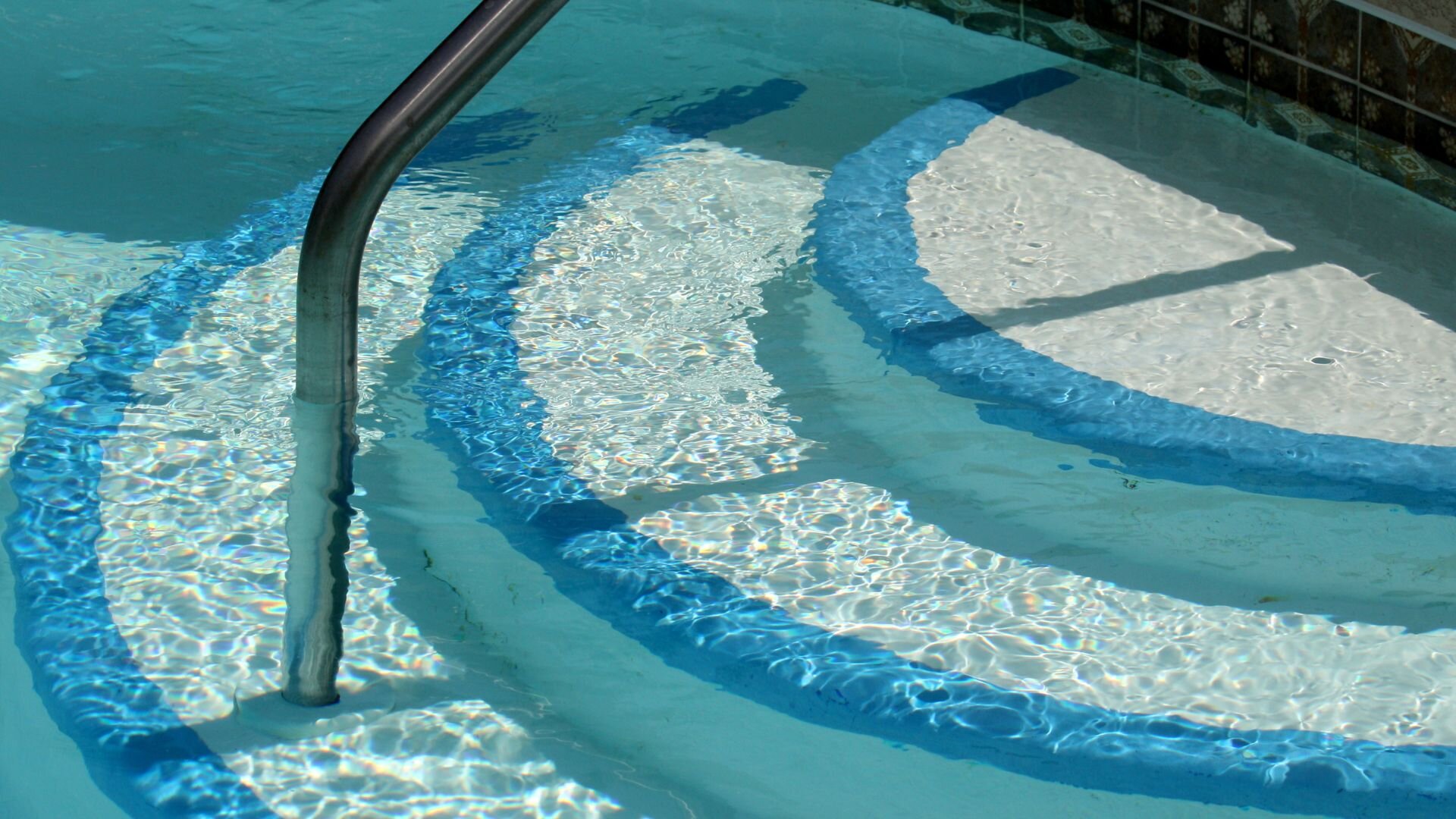
Bring Safety and Security to Your Backyard Oasis
When you’re ready to upgrade ageing pool access for maximum protection, trust the experts at The Pool Co. Our team specialises in custom designing and installing code-compliant steps, ladders, gates and barriers tailored for your unique backyard pool and landscaping.
We utilise the latest safety features and materials to restrict access and give parents peace of mind. Contact The Pool Co to schedule a safety assessment and start your pool transformation today! Your family will safely enjoy your backyard paradise for years to come.
Frequently Asked Questions About Swimming Pool Safety
What kind of pool fence provides the best safety?
Perimeter pool fences should be at least 4 feet high, as required by most council codes and have self-closing and self-latching gates leading to the pool deck. Avoid chain link fence material that children can easily climb through. A solid pool safety fence barrier helps restrict unsupervised backyard pool access.
What swimming pool alarms are available, and how do they work?
Pool alarms create a protective barrier and sound when unsupervised children enter the water. Wearable child safety alarms and external poolside alarms can be secured around the decking or the pool edge. Pool alarms provide an added layer of protection but do not replace supervision.
How can I childproof my backyard pool area?
Removing climbable objects like trees and patio furniture away from the pool barrier helps prevent access. Installing child safety alarms on doors/gates leading to the pool and teaching children swimming lessons improves safety, But active adult supervision is still always required around pools.
Are automatic pool safety covers effective for protection?
When installed correctly, safety covers and nets can provide an additional physical barrier over the pool and spa. An automatically closing safety cover is more secure than manual options. However, no cover or net can replace proper adult supervision around pools.
What design features can improve pool safety?
A proper perimeter fence, anti-entrapment drain covers, restricting access points, separating diving areas from steps, and removing climbable objects around the pool help prevent accidents. Consult pool designers to incorporate key safety features.
What routine maintenance keeps my pool area safely protected?
Regularly inspect your pool barrier fence for damage, keep gates closed and latched, never prop gates open, maintain clear deck space around the pool, remove climbable objects from around the deck, learn CPR, and install alarms on doors. Prevention is vital.
What should I check on my pool each season for safety?
Inspect your barrier fence, gates, steps, ladders, drains and pumps for any erosion, cracks, missing pieces or damage that could impact safety. Also, check water chemistry and decking. Replace aging parts.
How can I bring an older pool up to current safety standards?
Updating ageing pools with new code-compliant protective fencing, self-latching gates, approved steps/ladders, anti-entrapment drain covers, and wearable child alarms brings old pools up to par with important safety regulations. Prioritise these upgrades to prevent accidents and risks around your backyard pool area.
